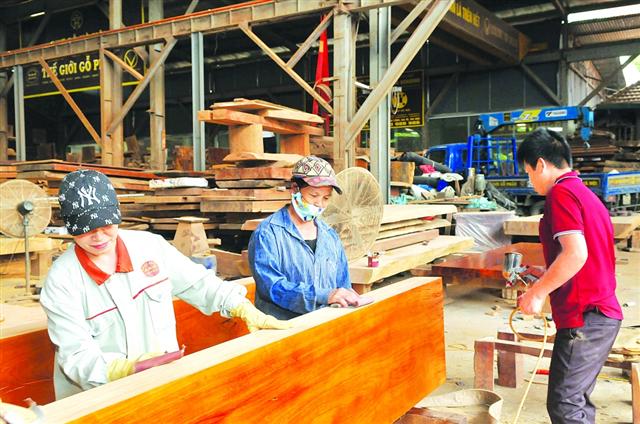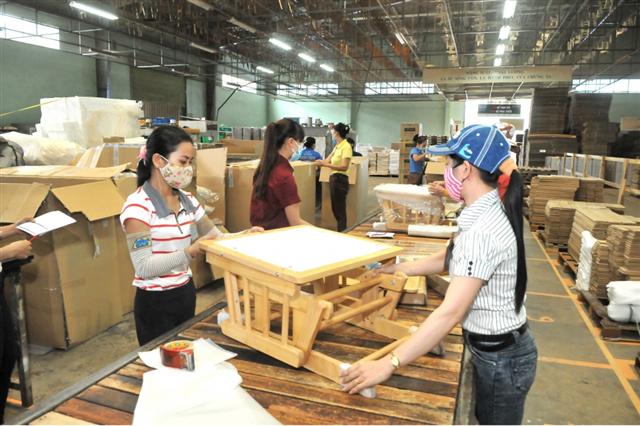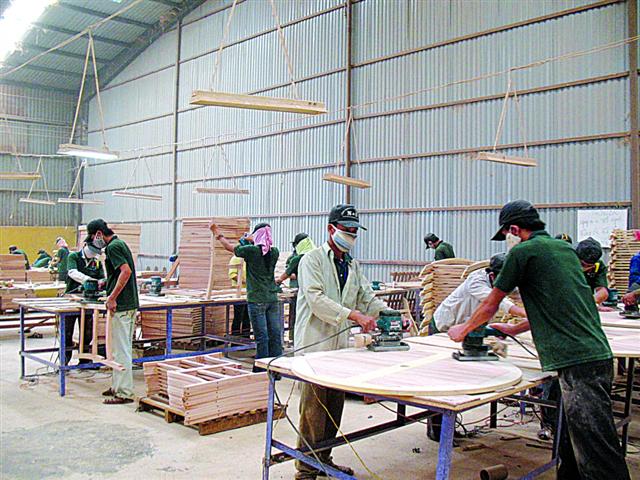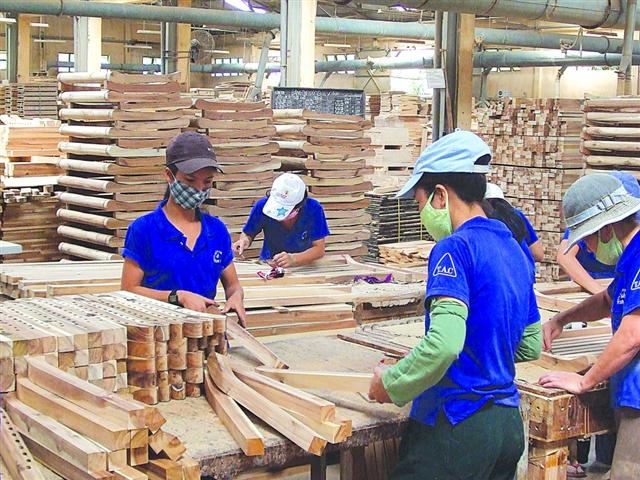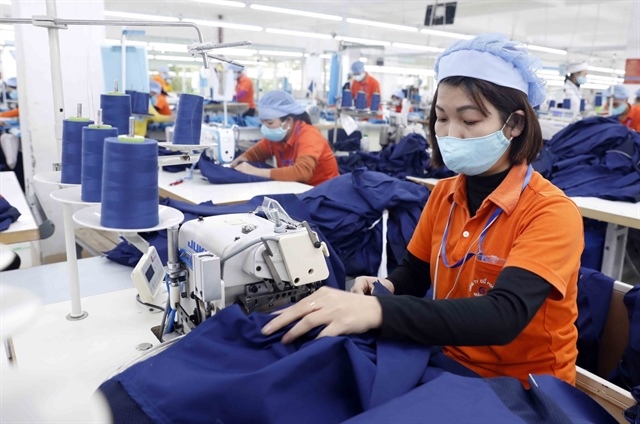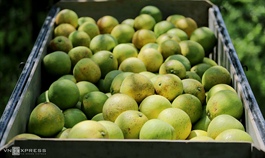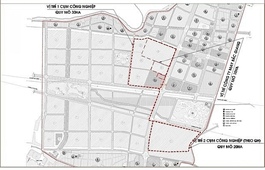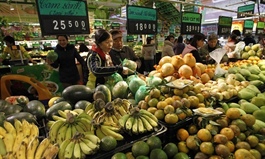Vietnam’s timber industry growth in difficult period
Vietnam’s timber industry growth in difficult period
Despite the impact of the Covid-19 pandemic, with disrupted supplies and market fluctuations, Vietnam’s timber product exports reached the annual 2020 target of US$13 billion. The export target for 2021 has been set at US$14.5 billion despite some looming challenges.
|
Export growth despite challenges
According to Do Xuan Lap, Chair of the Vietnam Timber and Forest Product Association (VIFORES), 2020 was an extremely difficult year for the industry. In addition to supply chain disruptions caused by Covid-19, the wood industry was hit with lawsuits related to trade defense, dumping, avoidance of origin indication, and skyrocketing prices of materials.
The pandemic also had a negative impact on 6,000 enterprises in the forest production industry, especially over 1,600 enterprises processing and exporting forest products, forcing some of them to close.
In addition, logistics activities faced many difficulties due to the lack of containers, increasing freight rates.
|
Nonetheless, the export value of timber and wooden products rose 16.4 percent to US$13.17 billion, accounting for 31 percent of the agriculture sector’s total export value.
Addressing a January 6 conference, Minister of Agriculture and Rural Development Nguyen Xuan Cuong said the sector has developed processing activities of wood and furniture products but few high-value handicraft products and furniture. He urged the sector to focus on development of the forestry economy and annual production growth of 10 percent.
Cuong also said the forestry sector is facing many difficulties, including fiercer global trade competition. The Republic of Korea (RoK) and the US, two key furniture export markets of Vietnam, have started tax investigations against Vietnamese furniture exports, requiring it to speed up reforestation to supply timber with origin for
|
exports and processing. Lap said the current forest coverage rate is 42 percent but the sector must pay attention to forest development in the three key areas of the northwest, Central Highlands, and coastal region.
Mixed 2021 outlook
In addition to the ongoing impact of the coronavirus pandemic, Vietnam faces the risk of a US anti-evasion tax on Vietnamese timber. Lap also emphasized that 14-15 Chinese companies that were previously hit by US anti-dumping taxes now enjoy tax exemptions or reductions, making them attractive to US importers and thereby affecting Vietnam’s wood export enterprises.
However, tax exemptions under the EU-Vietnam Free Trade Agreement (EVFTA) that went into effect in August 2020 will benefit the timber industry in 2021. Moreover, Vietnamese enterprises have adopted significant technology and engineering upgrades, promoting
|
the brand of Vietnamese wood products in other markets around the world.
In 2020, businesses in the industry shifted to the EU to diversify markets and minimize risks, especially from the US. This market is expected to grow further in 2021.
The US is also a major market with an export turnover of up to US$4-5 billion (accounting for 40 percent of Vietnam’s wood exports). The Japanese and RoK markets are stable and developing.
| Do Xuan Lap, Chair of Vietnam Timber and Forest Products Association (VIFORES): There are two scenarios for the development of the timber industry in 2021. If the US does not impose anti-dumping duties on Vietnamese wood products and the Covid-19 pandemic is brought under control, timber and wood product exports will reach US$14.5-15 billion. In the worst case, the export value of timber and wood products will reach US$13-13.5 billion. |


